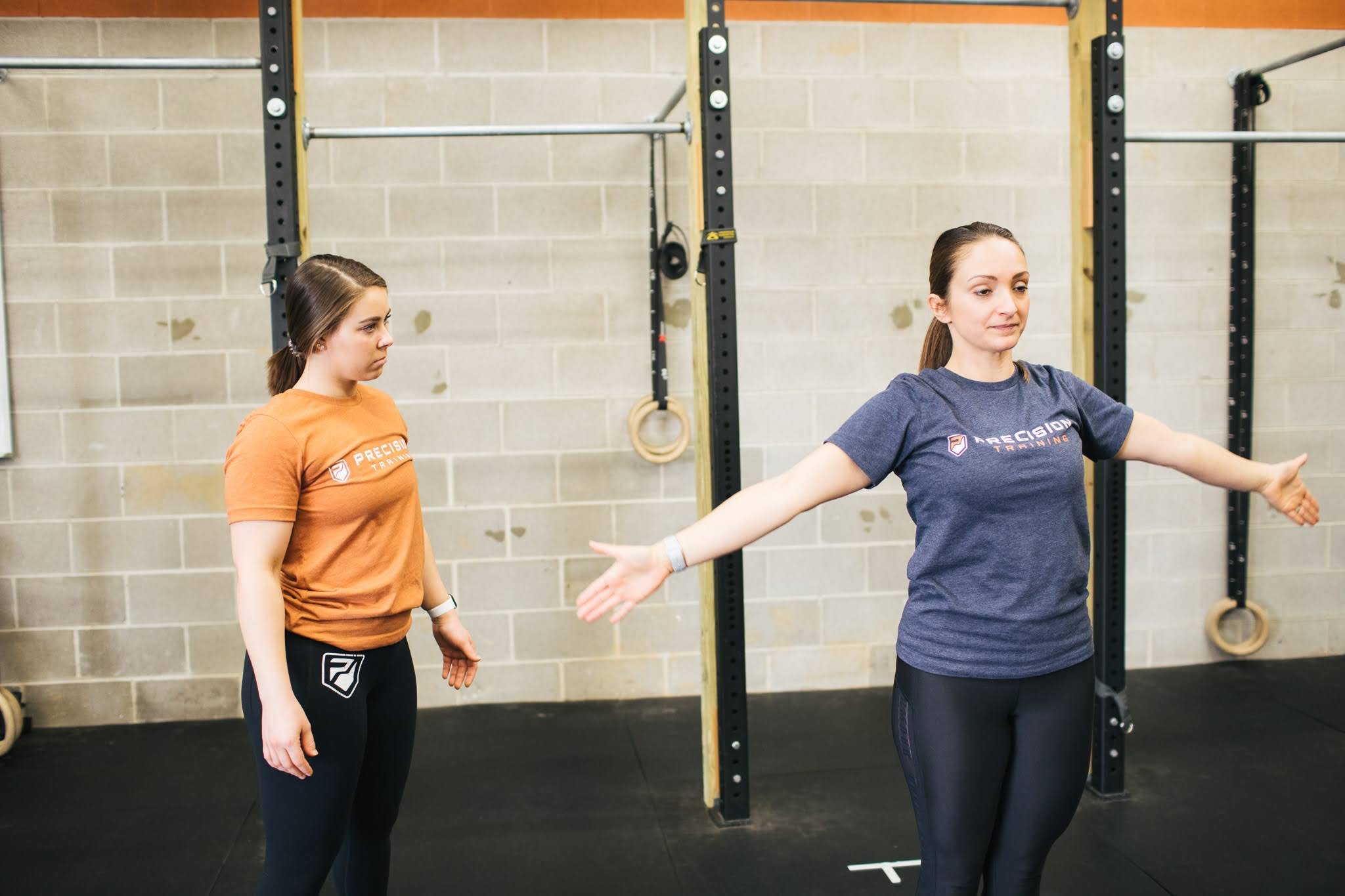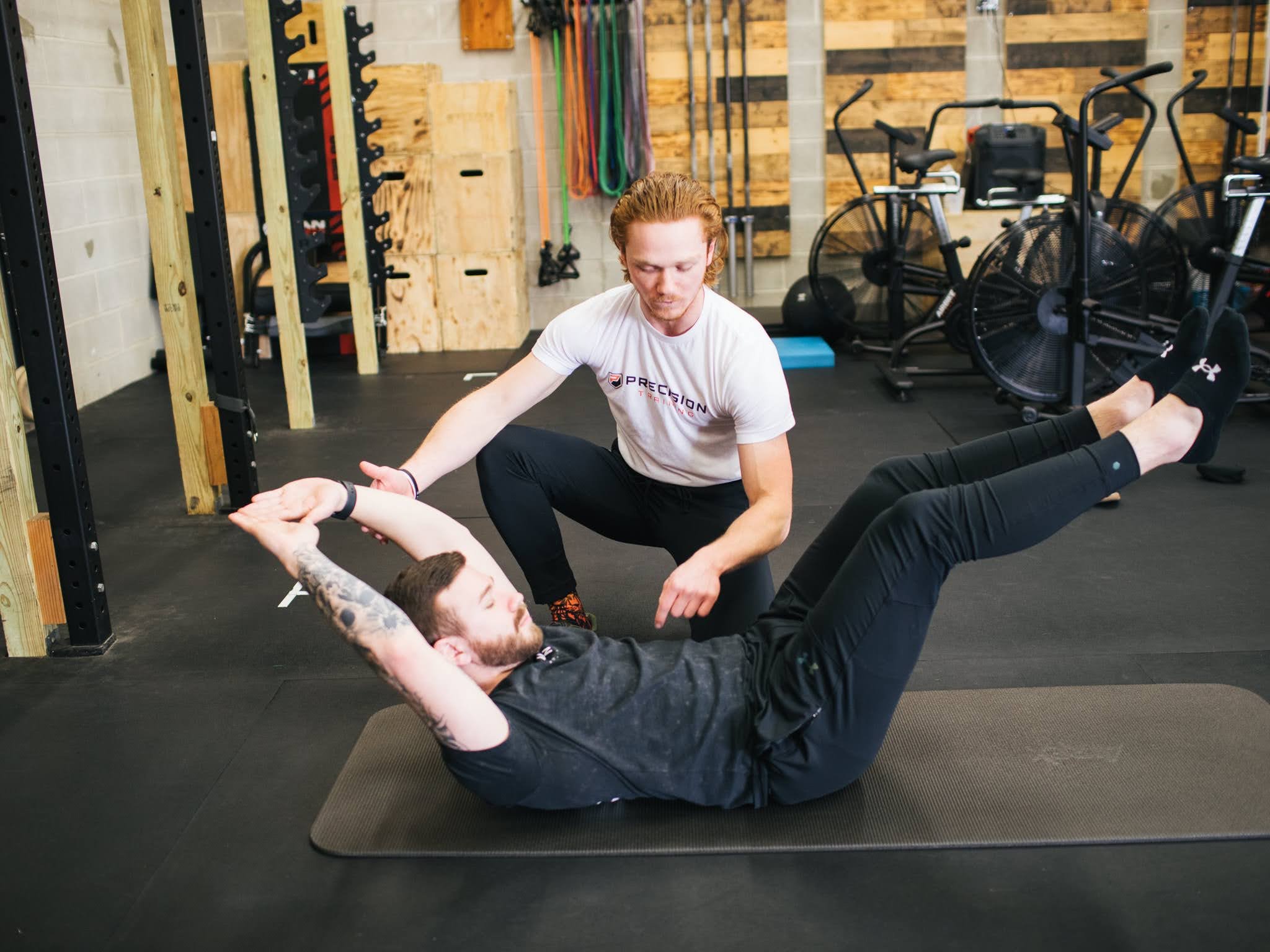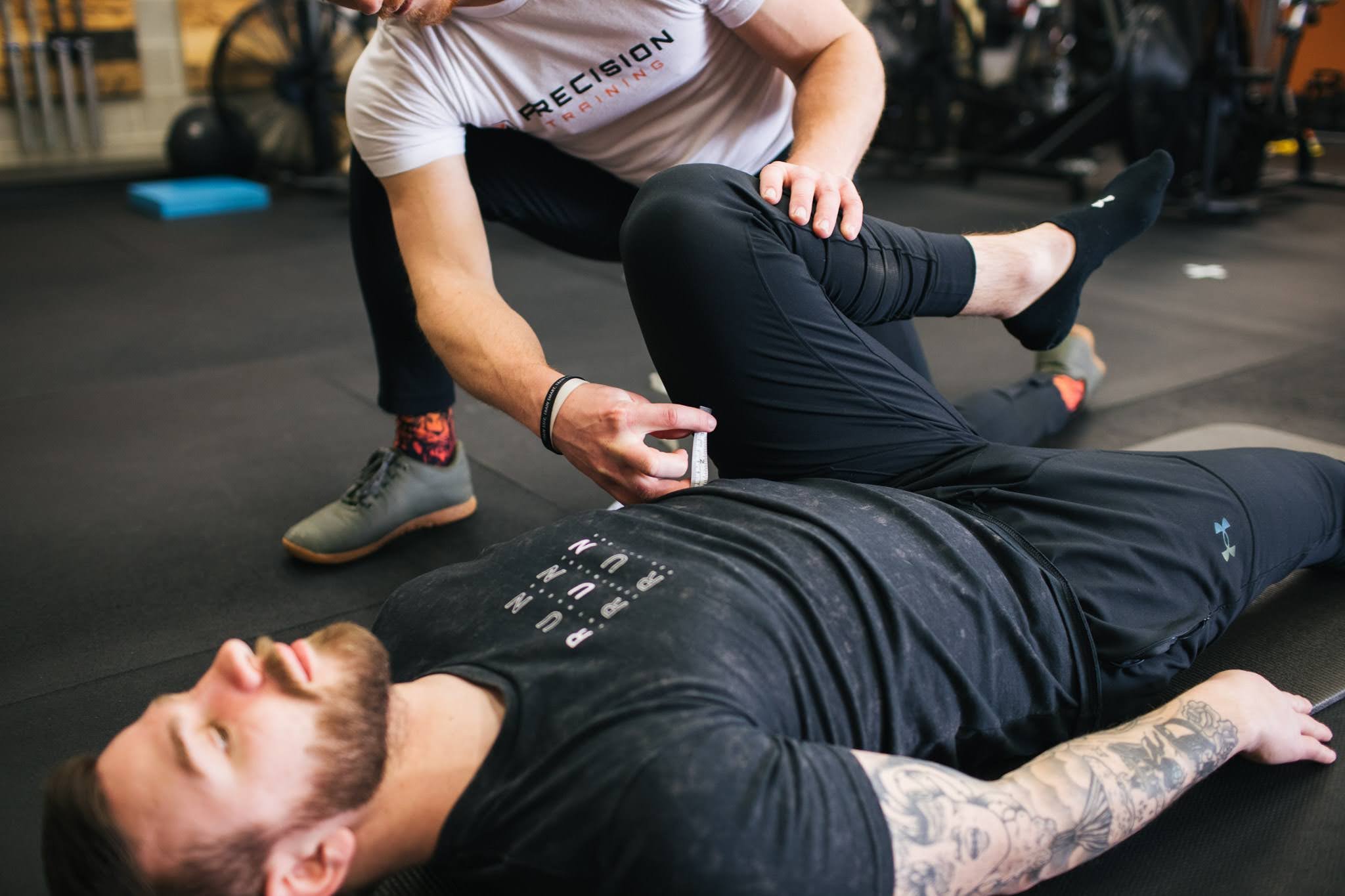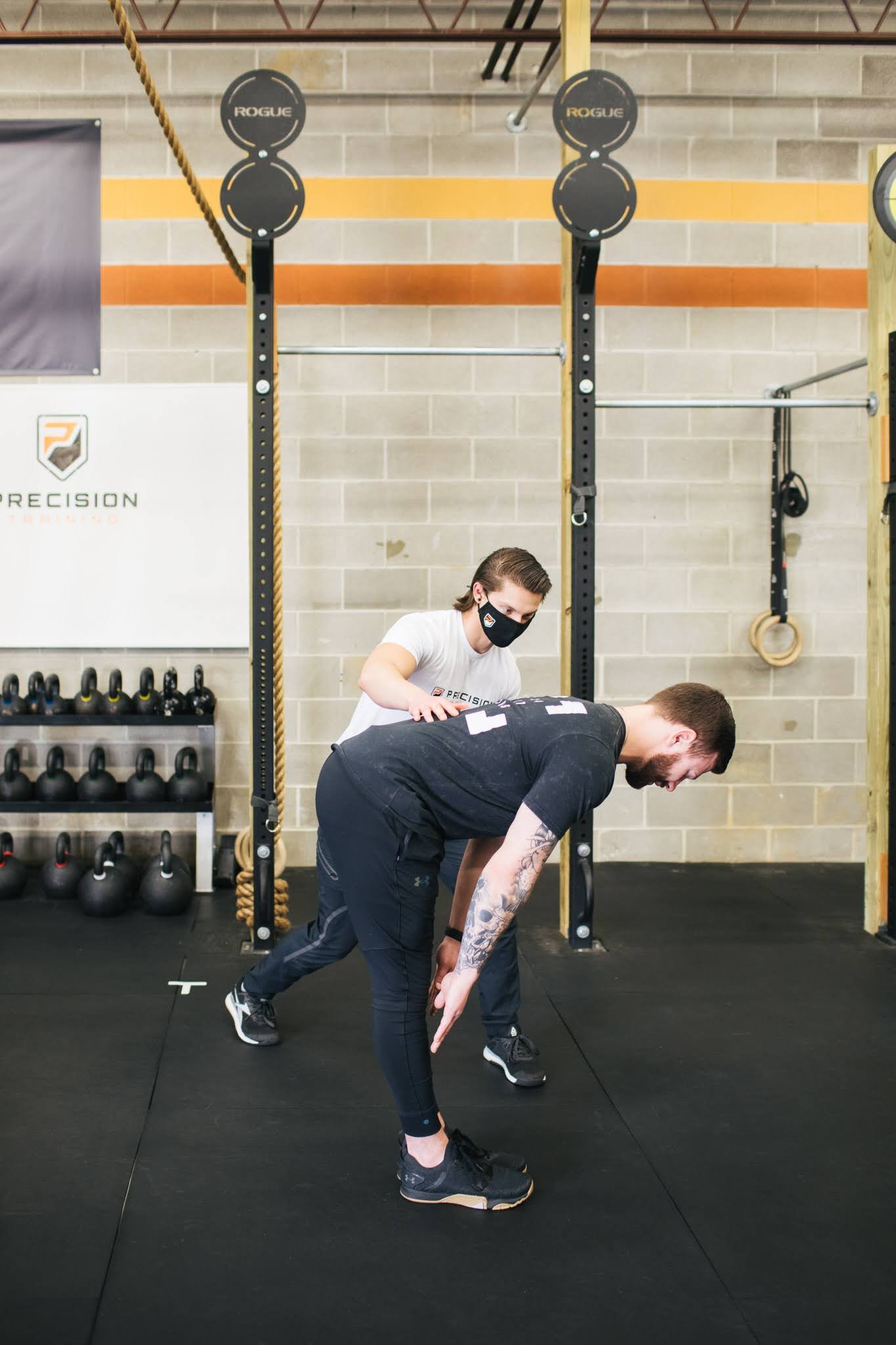The Precision Assessment
Not everybody has the same job. Not everybody has the same lifestyle. Therefore, not everybody feels, thinks, or moves the same. At Precision, we take all factors into account while you are training. In order to fully understand how those factors affect you, we strongly encourage new members of our community to complete a Precision Assessment prior to training in one of our programs. It will not only help us learn how you move - more importantly, it will help YOU to gain a better understanding as to why your body feels and moves the way that it does.
Our body is a very complex but also incredible and amazing work of art. That being said, there is so much more to training than just getting sweaty and feeling sore. The Precision Assessment allows us to take your training so much further than that, resulting in our clients moving and feeling the best they have in a very long time (if not, ever).
THE DETAILS...
Biometric Measurements
- Body weight
- Skinfold caliper measurements
- Tape measurements for body circumference
But Why?
Progress can be made (and observed) in multiple ways. Biometric measurements are the best way of seeing physiological change such as weight loss and/or muscle gain.
Comprehensive Movement Screening (CMS)
This portion of the assessment was designed for us by a local chiropractor, Dr. Brodie Medlock. It has also been tested and approved by Dr. Kyle Goerschler (Inertia Health Center).
But Why?
The CMS allows us to take a deep dive into understanding the extensibility (flexibility) of your major joints ranging from your shoulders to your wrists, hips, knees, and ankles. By testing the joints in this manner, it allows us to better evaluate what muscular restrictions may cause limited range of motion, compensation, or pain in your movement. Once the muscular and/or neuromuscular (the transfer of information from the nerve to the muscle) issue(s) is identified and properly trained, your body can begin to move in a much stronger, much more stable way.
Movement Pattern Awareness
In the third part of our assessment, we ask you to complete several movement patterns to gauge how your body moves through space, as well as qualify your own ability to sense and then stabilize your joints and muscles. These movements are functionally based and are things that you frequently do on a daily basis.
But Why?
Through this portion of the assessment, we test and note things such as muscular compensation, joint instability, and neuromuscular awareness (your ability to feel how your body is moving and in what direction it is moving in). These factors are all crucial pieces of the puzzle that help us train you toward your goals in an efficient, safe manner.
Core Engagement and Strength
So many people believe that having a six-pack means you have a strong core....that is not always true. Your core is a series of musculature that wrap around your spine to help protect and stabilize your body when it moves. In this part of the assessment, we look to see two main things. One - Can you get your core to fire (a.k.a. “Turn on”)? Two: Once firing, how long can you maintain that engagement before something else (neck, hips, back, quads, etc.) takes over?
But Why?
Understanding your capacity for core engagement through different positions is crucial. Movement should progress from the core to extremity, and having the ability to control when your core is engaged (and for how long) is the key to strong, stable movement.
Cardiovascular Endurance
The final part of our fitness assessment tests your cardiovascular endurance. In this section, we use the knowledge we have gained through the rest of the assessment to design a conditioning-based program that will suit your body best. These exercises range from light to moderate intensity and are designed not to challenge you beyond your means, but to test and see where your abilities currently lie.
But Why?
The heart is the most important muscle you have, and in order to strengthen it you must challenge it. In order to challenge it safely and effectively in your 1-on-1 or group training, we must know what it is currently capable of.
Putting it all together...
Knowing how you move and why you move that way is just one piece of the puzzle, but it's a very important one to have full understanding of before beginning the process of training at Precision. The more we know as your trainers, the more efficient we can be in helping you reach your goals. Our hope is that we can design the safest, most effective, and most fun version of the Precision experience that will be unique to you every step of the way.



